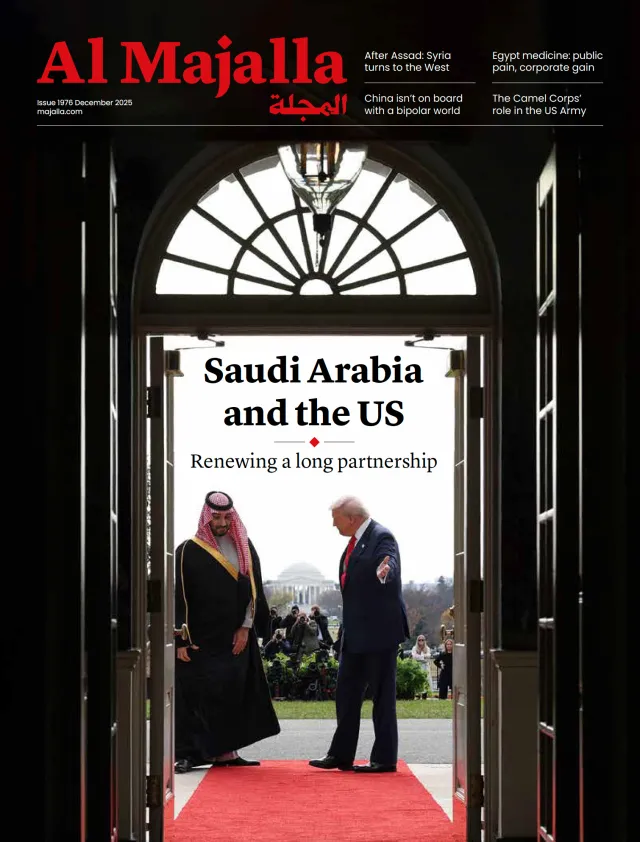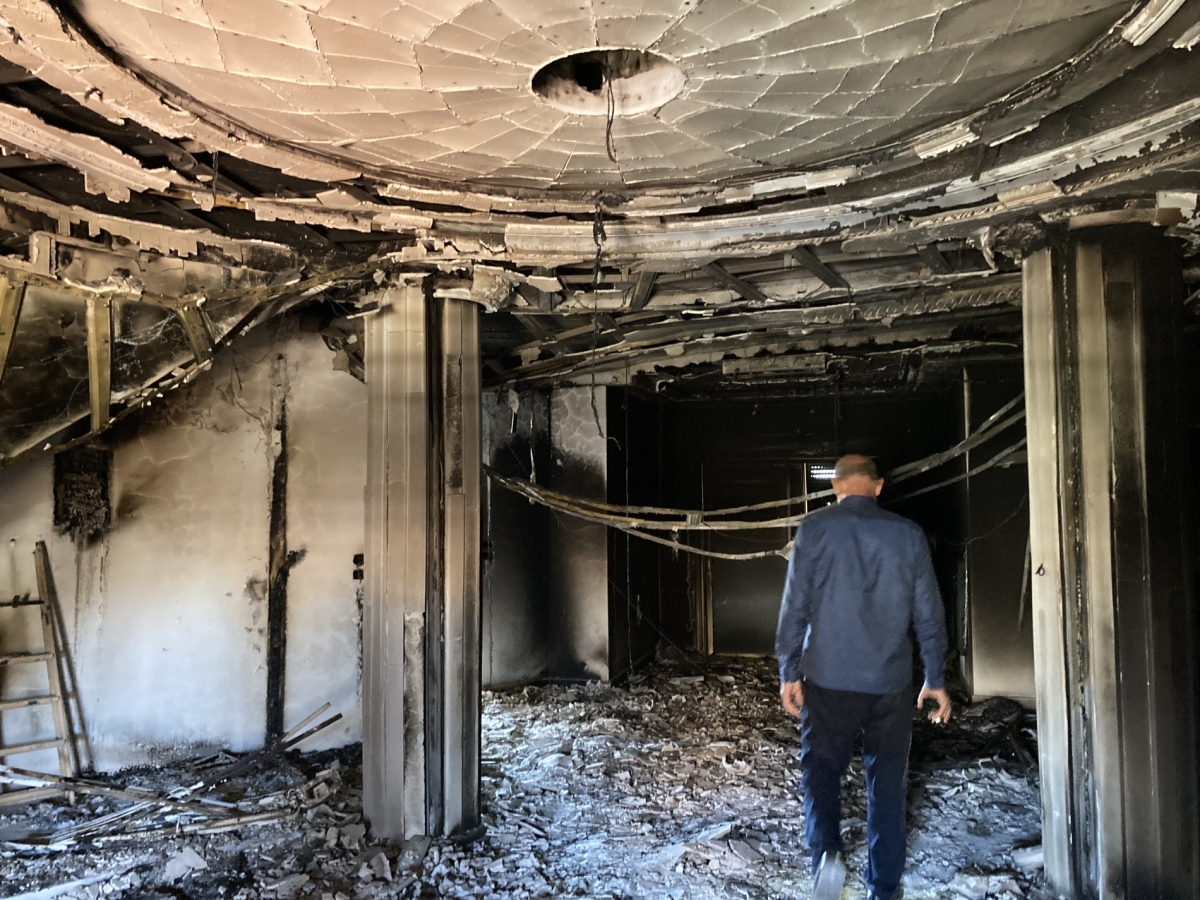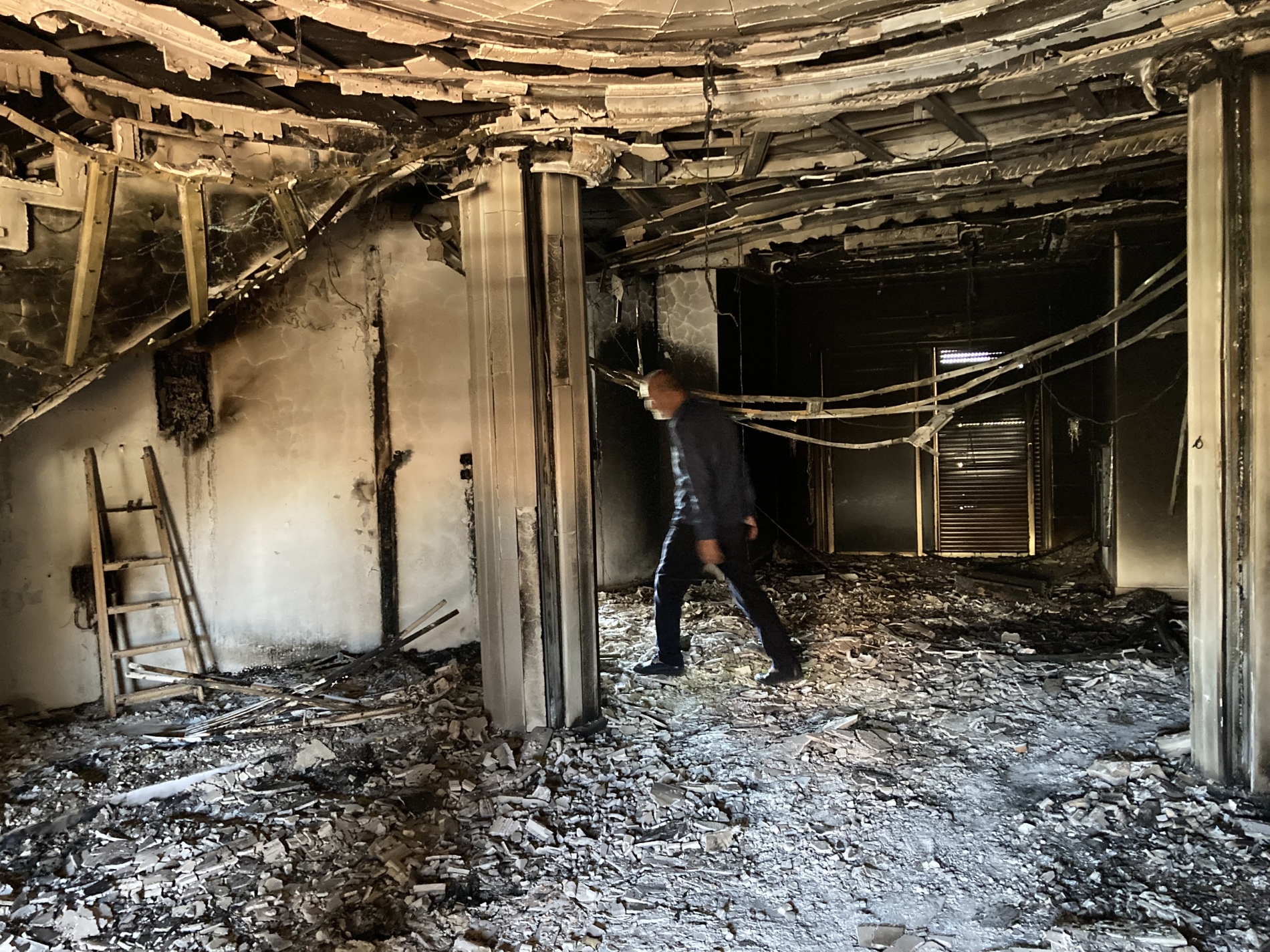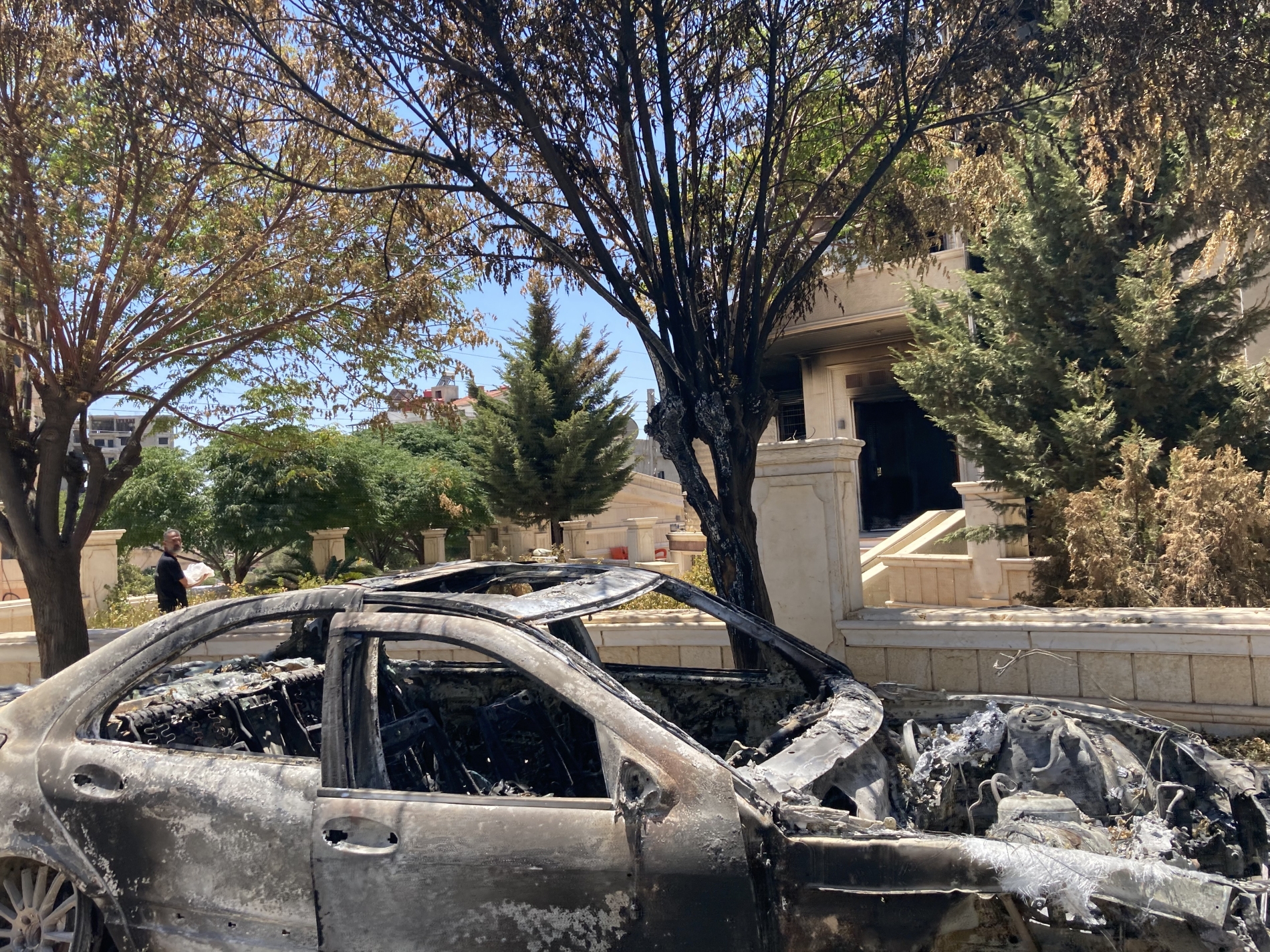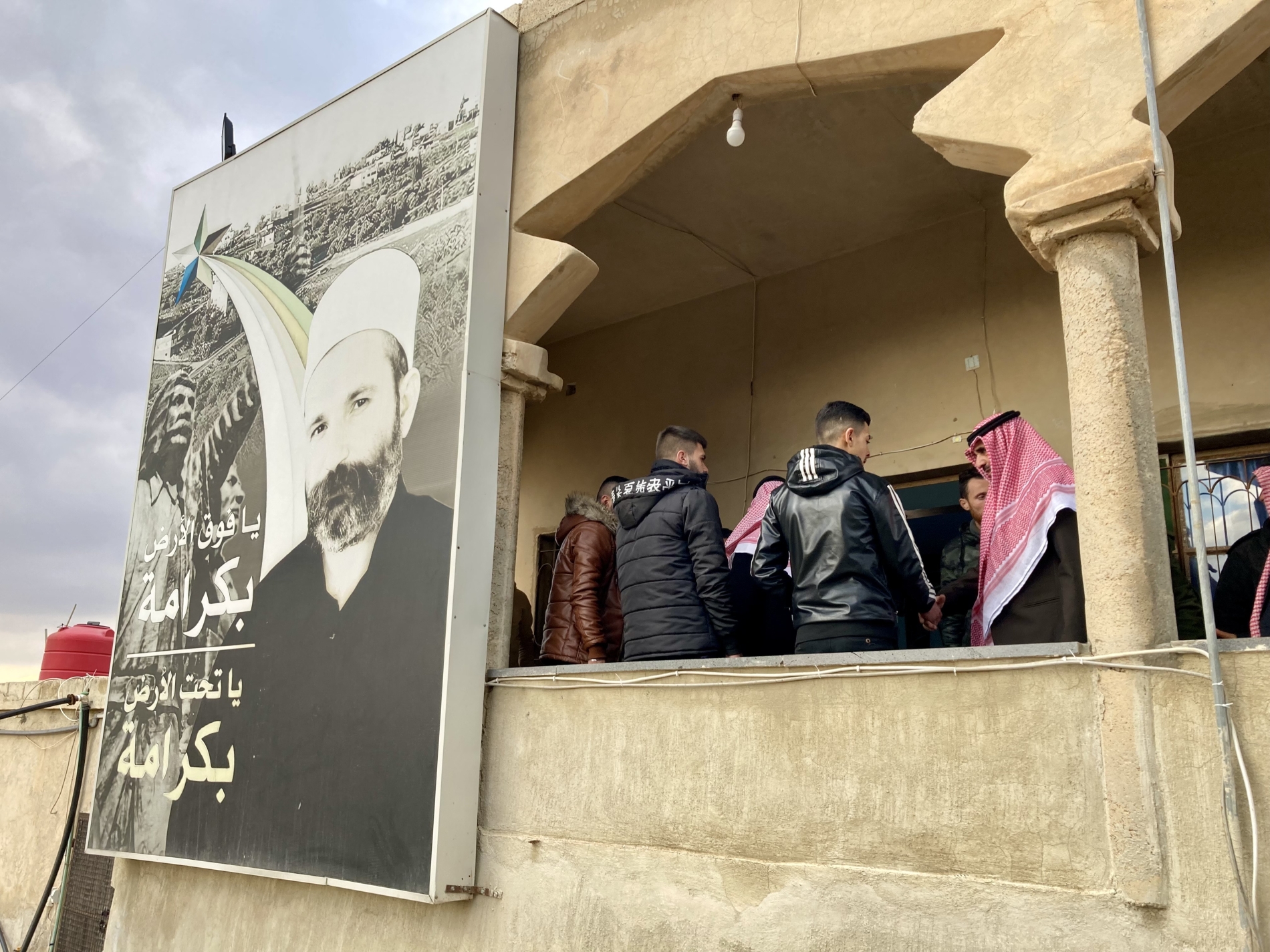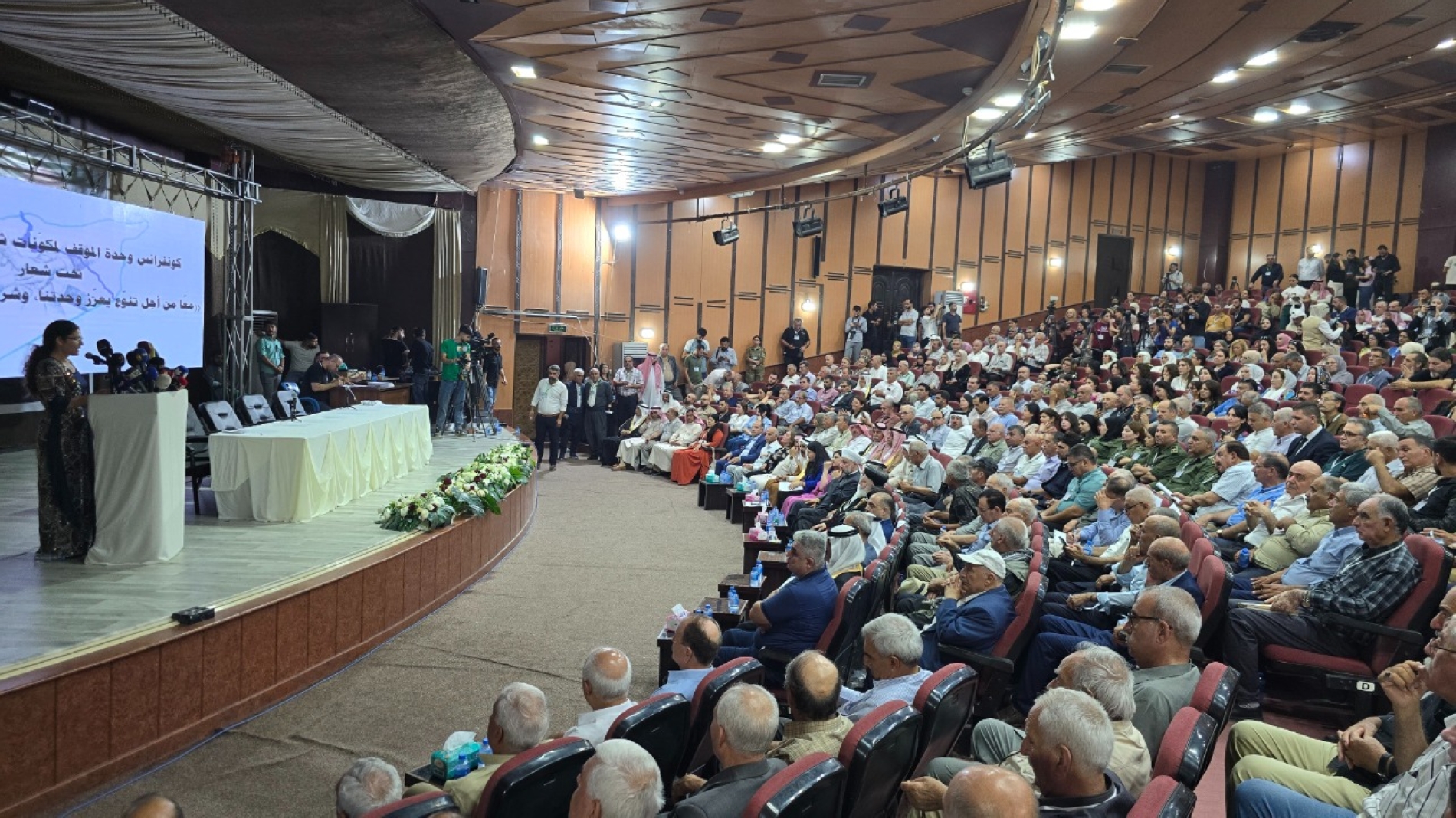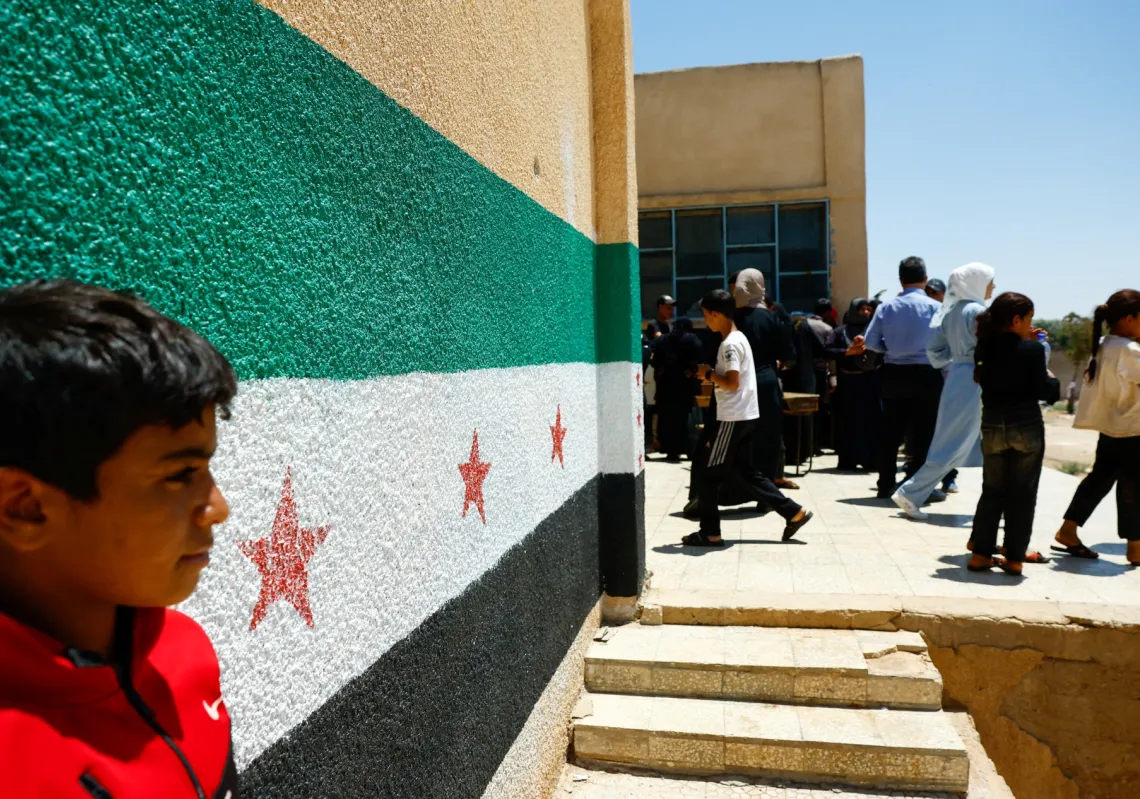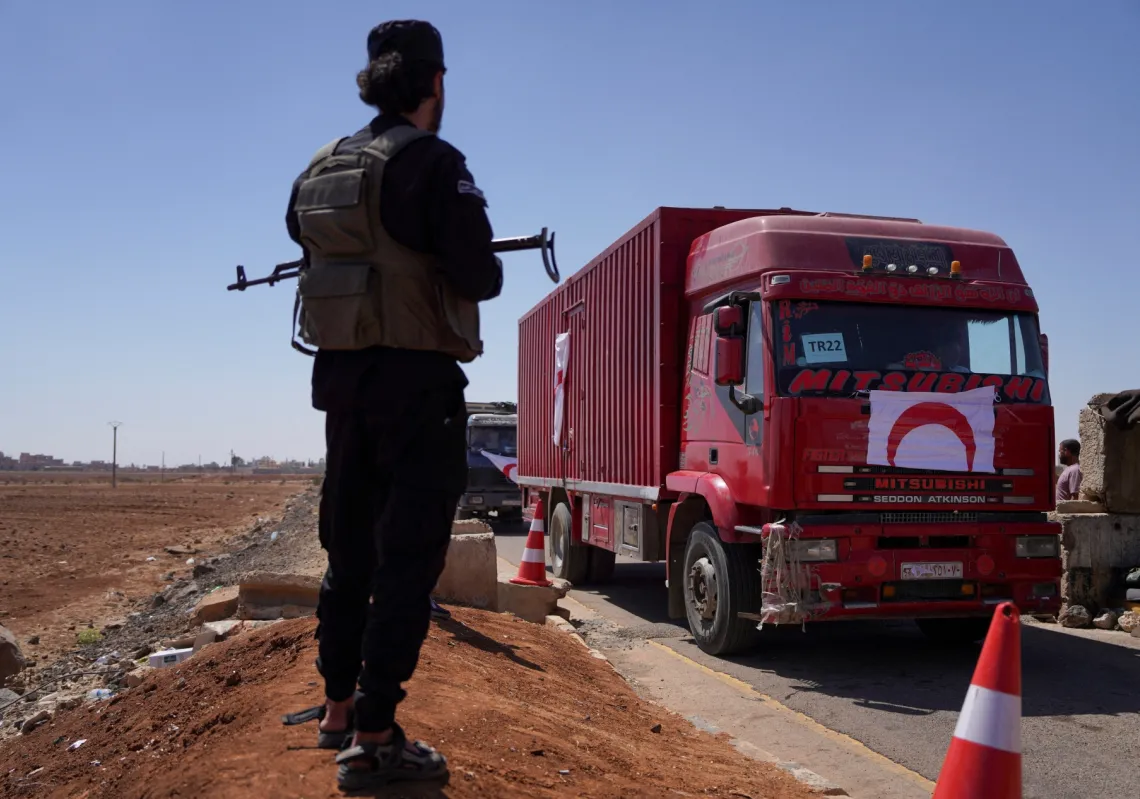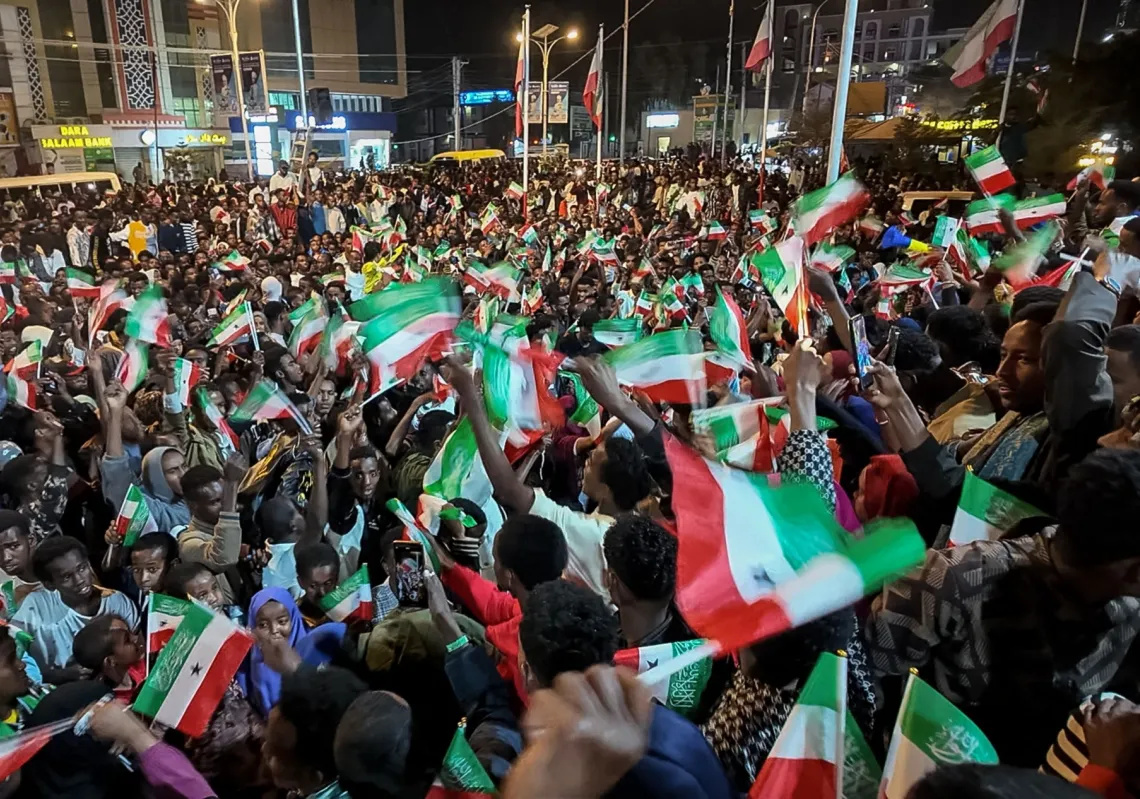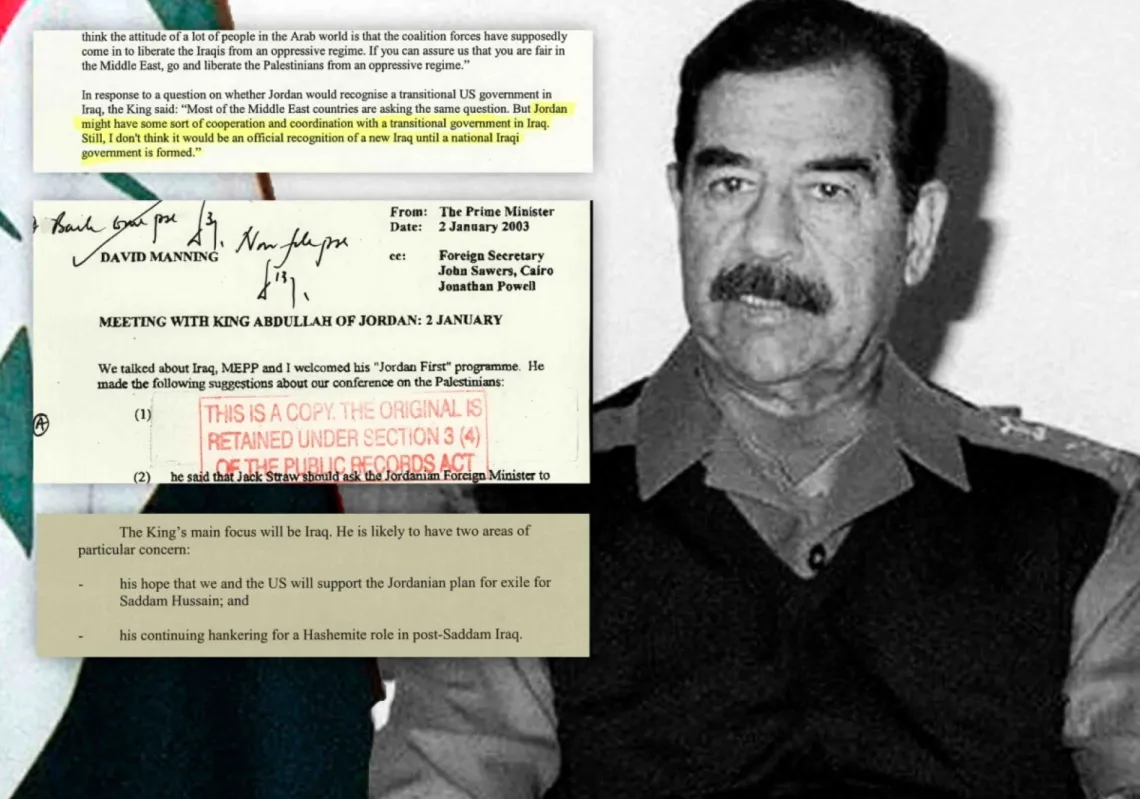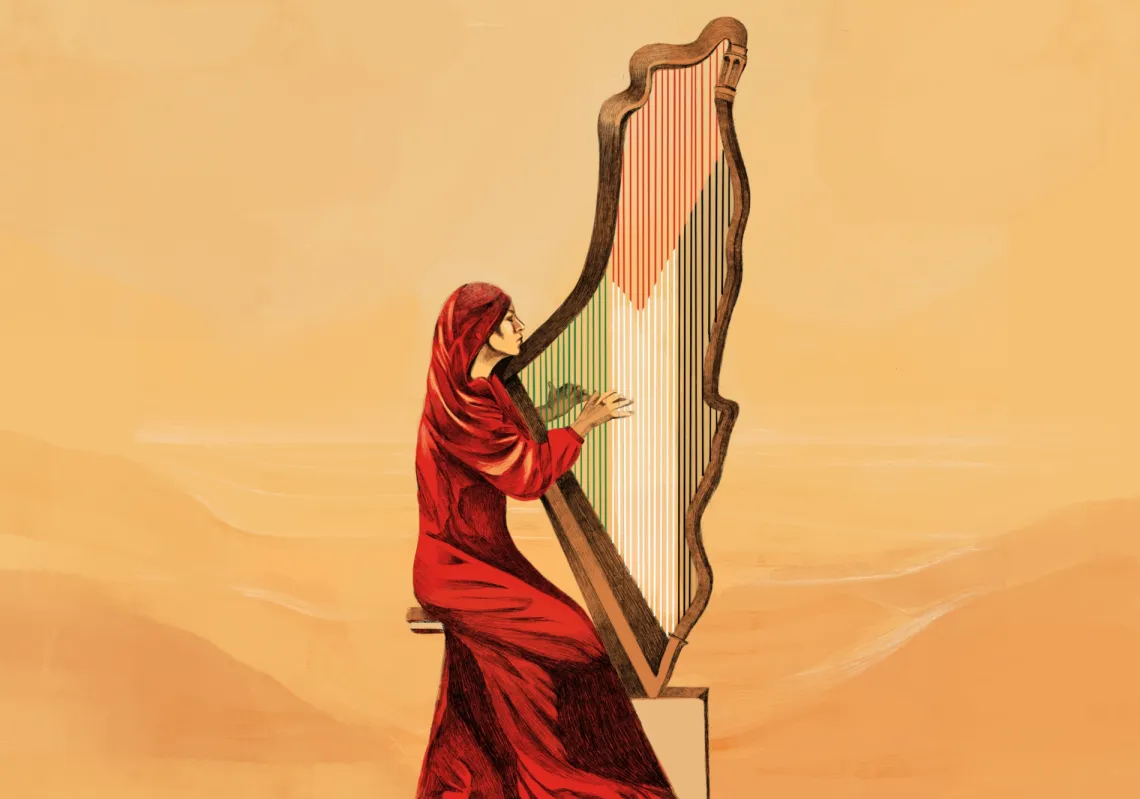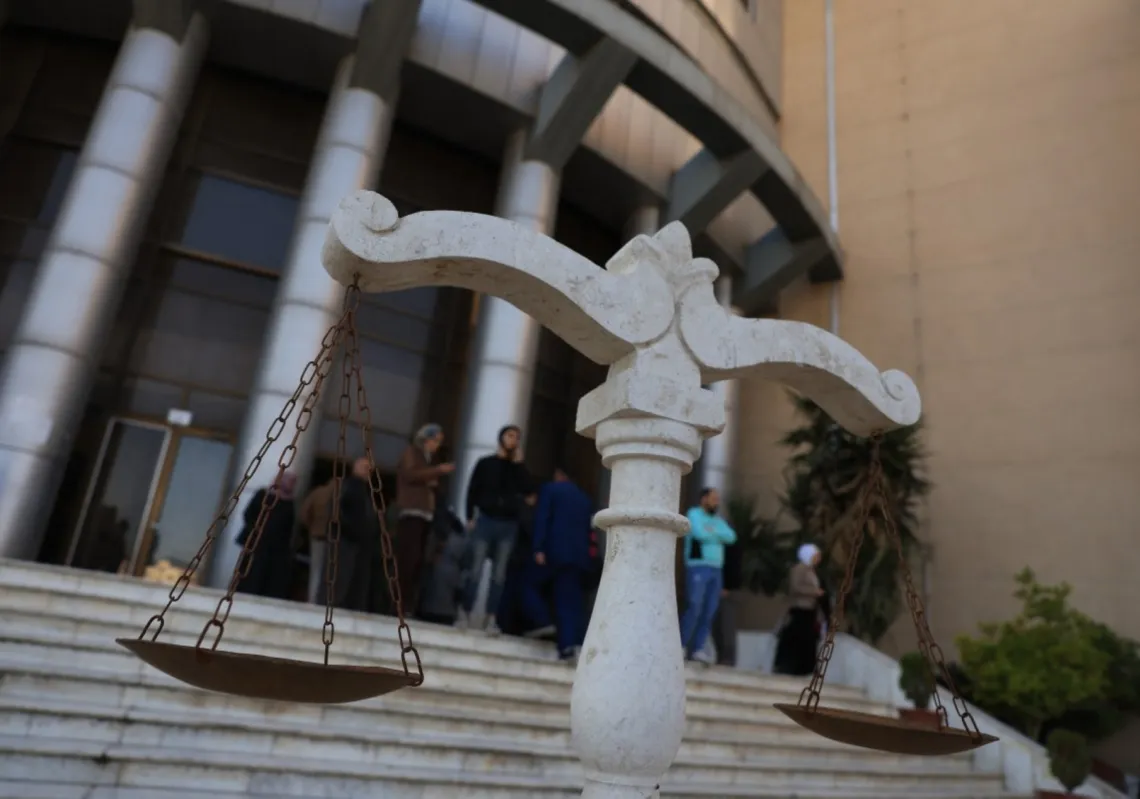Sweida, Syria: The difference between a late December visit and one in early August to this southern Druze-majority city was stark, though the spark to the recent violence may have been months in the making.
What had been about an hour drive south from a Damascus outskirt over monotonous rocky flatlands until mid-July has become a torturous route requiring over four hours in a coach leaving early morning from the Druze-majority Jaramana outskirt of the Syrian capital.
Between the two visits were months of simmering tensions and agreements announced and then retracted. And then, on 12 July, criminal activity and tit-for-tat violence between the local Druze and Bedouin communities were followed by days of blood, corpses filling the streets, and confused panic online and off.
Though hundreds are believed to have been killed, the fact that few professional journalists were allowed in after the conflict started further stoked distrust as social media posts and influencers vied for views and emotion in an already tense atmosphere.
During a heatwave on 6 August, women carried their infants into the coach while young men crowded the steps when no seats were left: dozens returning despite what some call “a siege” on the city, albeit improperly, as both aid and individuals continue to come and go despite greater difficulty and time involved in doing so. On the return trip to the capital, I sat on the entrance steps of the coach due to a lack of available seats, near the driver, who was repeatedly soaking a towel in water in an attempt to keep cool enough to focus on the road.
The coach gave a wide berth to the western reaches of the Sweida province, both on the way to and back from the regional capital, still not stable three weeks after violent clashes broke out.
Having crossed through Daraa province separating Sweida from territory under Israel, and essentially approached Syria’s southern border with Jordan in its circuitous route, the coach headed for the southern checkpoints near Busra al-Sham, where first Syrian’s General Security (GS) forces conducted a cursory inspection, followed by essentially none at all at the local Druze militia checkpoint. Armed Druze men escorted me off the coach on the way back, however, and ordered that I show any photos taken during my visit.
Satisfied with the photos of property destruction, the armed militiaman told me to “be sure to publish them” and let me go.
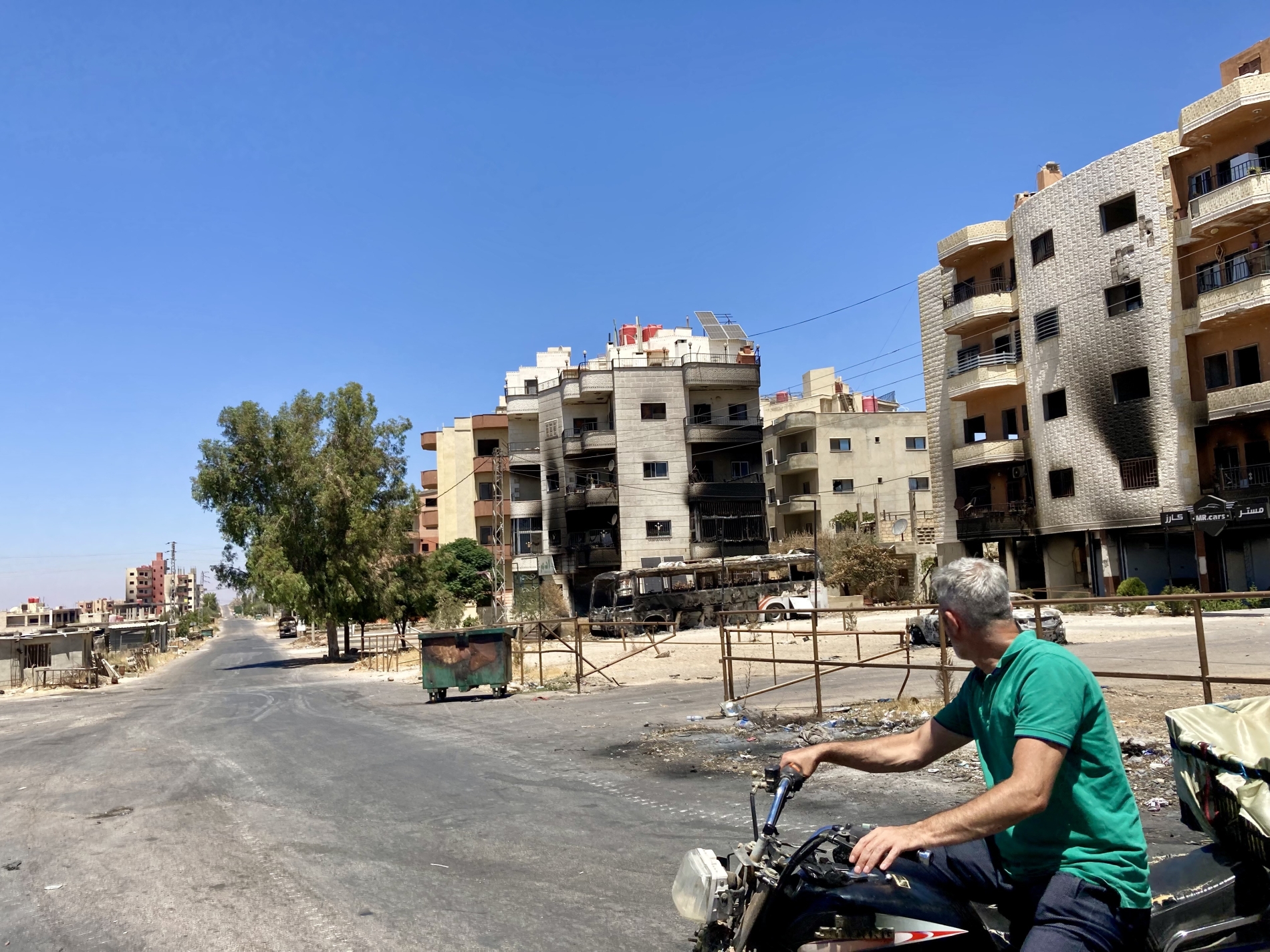
Killings and destruction of property that occurred largely in the second half of July have yet to be properly documented and investigated, but have nonetheless significantly impacted the new government’s image in the eyes of the West. Syrians are divided and find themselves largely without trusted professional media to turn to, as independent outlets seen as such are ever rarer.
On the bus back from Sweida, one Syrian journalist got on and asked whether anyone “would be willing to give an interview”. After one passenger told another that it was a Syrian TV correspondent, silence fell even among those willing to speak to me.
Despite the minority accounting for an estimated 3% or less of the population, the Druze have long garnered an outsized amount of reporting from Western media outlets due to the latter’s concern about potential fallout on the country’s minorities following the fall of Syrian President Bashar al-Assad.
Amid the early days of the fighting between local Druze militias and local tribal factions, with government forces entering Sweida, early on 16 July, Israel bombed central Damascus, including defence ministry buildings just off the iconic Umayyad Square. The square is located essentially between two of the country’s most well-known luxury hotels.
Israel claimed to be protecting the Druze community despite many from the community vociferously rejecting the need or utility of such foreign “protection”.
The wreckage of one of the buildings facing onto the square now stands as a constant reminder to the multitudes of Syrians who pass by it daily that the country can be devastated easily by a neighbour too close for comfort; one that is also seen as the top supporter of forces under one of Sweida’s top Druze sheikhs, Hikmat al-Hijri.
Contested events
What happened on 16 July in Sweida—when government forces were briefly in the city, which had been out of government control since the 8 December toppling of the Assad regime—remains hotly contested, as does what exactly happened at a hospital there. A video released on 10 August, appearing to show an execution of one man by government forces, reportedly took place between 3 and 4 PM.
On 10 August, the UN Security Council issued a statement saying that it “strongly condemns the violence perpetrated against civilians (...) and calls on all parties to adhere to the ceasefire arrangement and to ensure the protection of the civilian population.”
The independent Syrian news site Zaman al-Wasl questioned BBC reporting in July on the killings in the same hospital, saying that “the hospital had already fallen under the control of armed Druze factions hours before the massacre took place”.

